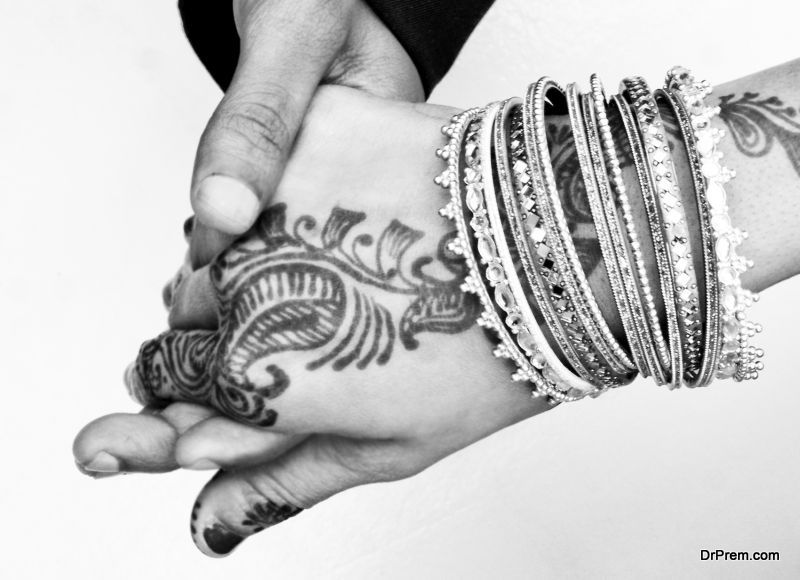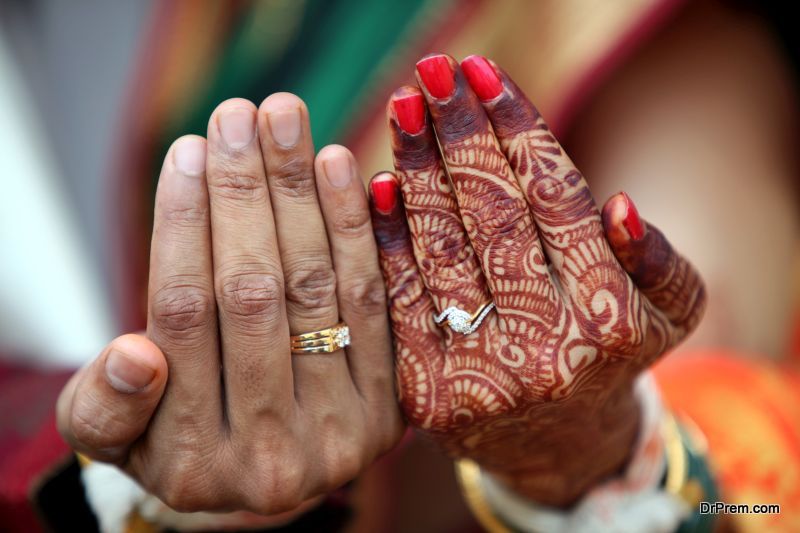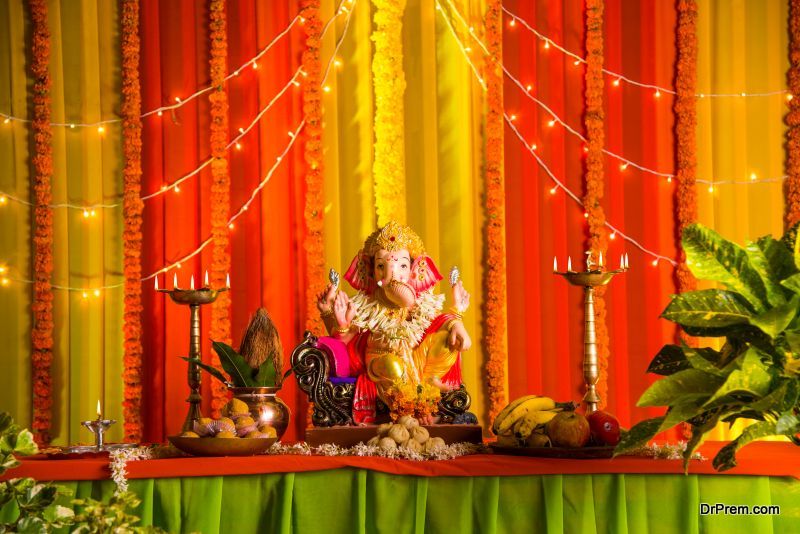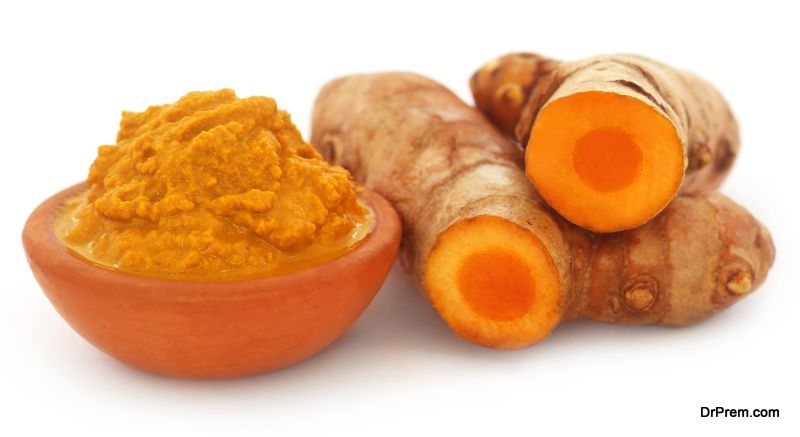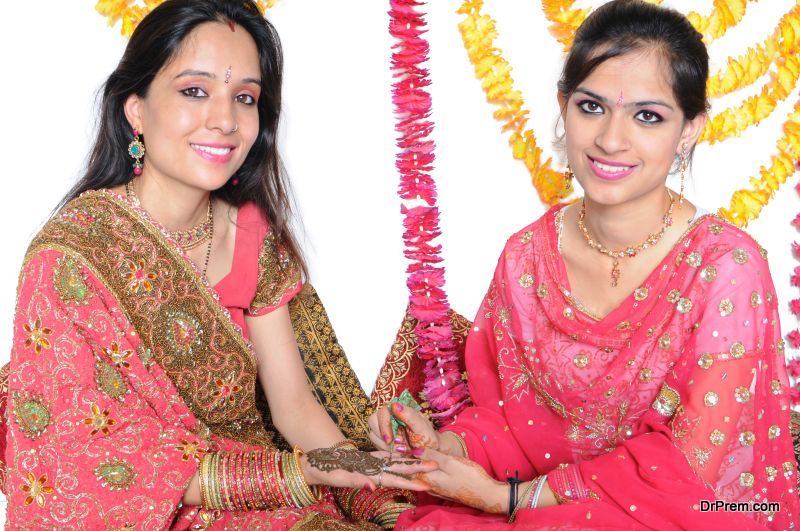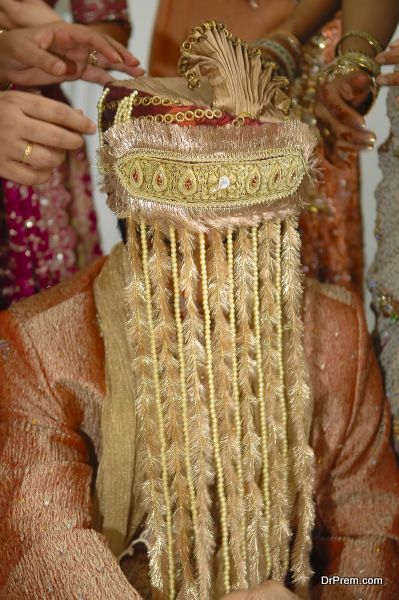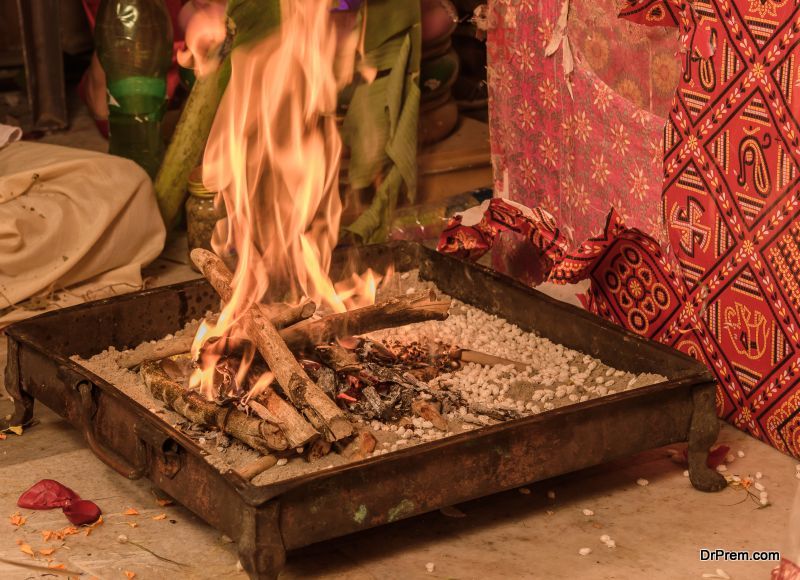Rajasthani weddings are vibrant, colourful and elaborate. There are many traditional customs performed throughout the wedding ceremony, pre-wedding, wedding and post wedding. The wedding is considered to be complete only after completion of all the ancient customs and rituals. Rajasthani weddings are famous for their regal look and appeal. Read on to find out all about Rajasthani wedding traditions and rituals:
Pre wedding customs
‘Mudha Tika’ or ‘Sagai’ or ‘Tilak’ – Engagement ceremony
This ceremony is organised at the bridegroom’s house. The brother of the bride applies a ‘Tilak’ or vermillion powder on the bridegroom’s forehead. Traditionally, the bride did not attend this ceremony, and only male relatives used to attend it. Nowadays, rings are exchanged between the would be bride and groom. Gifts are then exchanged by the families.
Ganesh Puja
This ritual, called ‘Naandi’, is conducted at the homes of both the bridegroom and bride. The blessings of the Hindu God of Wisdom and Luck, Lord Ganesha, are sought in this auspicious ritual. The idol of Lord Ganesh is installed at the homes of the couple, and worshipped, before the wedding.
Mehfil or Sangeet
Rajasthani traditional songs and dances such as ‘Teratali’, ‘Kalbelia’ and ‘Ghumar’ are performed. The guests join in the dancing and singing too. This ceremony is held 2-3 days before the big day of the wedding ceremony.
Bhaat dastoor or Mahira dastoor
The ‘Mama’ or maternal uncles of the bridegroom and bride play an important role in a Rajasthani wedding ceremony. The maternal uncle of the bride visits the groom’s house and is treated to a traditional Rajasthani meal, and he gives money and gifts to the groom. The groom’s maternal uncle too visits the bride’s house for a meal and he too gives money and gifts to the bride.
Pithi dastoor, Baan or Haldi (turmeric) ceremony
A paste of turmeric, milk, yogurt, oil and sandalwood is applied to the bride and groom in their respective homes amidst a lot of cheerful singing and dancing, one day prior to the wedding.
Palla dastoor or Samela or Godh Bharai
According to this custom, the bridegroom’s family pay a visit to the bride’s home with gifts of jewelry, clothes, sweets and so on for the bride. The bride’s bridal saree or the ‘Ghagra Choli’, the ‘Aad’ or wedding necklace is presented to the bride by the bridegroom’s family.
Mehendi
Intricate and beautiful henna designs are applied on the hands and feet of the bride, her female relatives and other girls present at the occasion.
Janev ceremony
In this ceremony, the bridegroom pretends to go away to be a monk, but is persuaded by his uncles to get married. The bridegroom indicates he is ready to get married by wearing the holy thread called the ‘Janev’.
Wedding ceremony rituals
Korath
The male relatives on the bride’s side visit the groom’s house and invite him to the wedding.
Nikasi ceremony
This ritual takes place just before the ‘baraat’ procession. The bridegroom wears the ceremonial turban known as ‘sehra’, and his sister applies kohl on his eyes.
Baraat ceremony
The baraat procession arrives at the venue of the wedding, with the bridegroom and his party dressed in regal Rajasthani attire.
Panigraha
This beautiful and simple ceremony is quite touching as the groom holds the bride’s hand and they take a vow to remain together for their lives.
Pheras
Taking the ‘pheras’ means the bride and the groom go around the ceremonial firs while the priest chants ‘mantras’, four pheras take place around the fire and three take place near the venue’s entrance.
Rajasthani wedding customs have been passed down through generations, and just the right amount of modification has helped to keep the ancient traditions alive.


